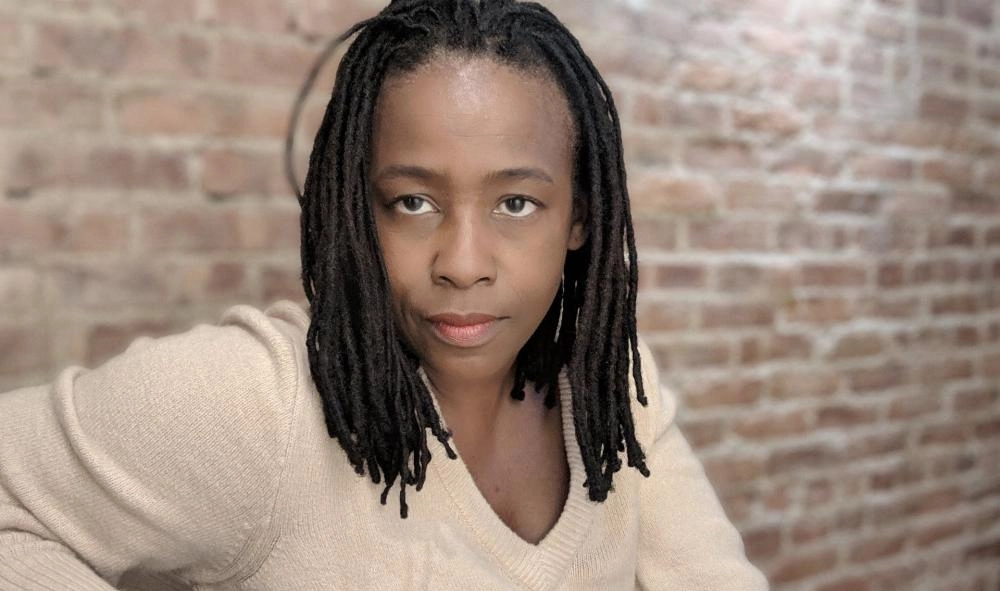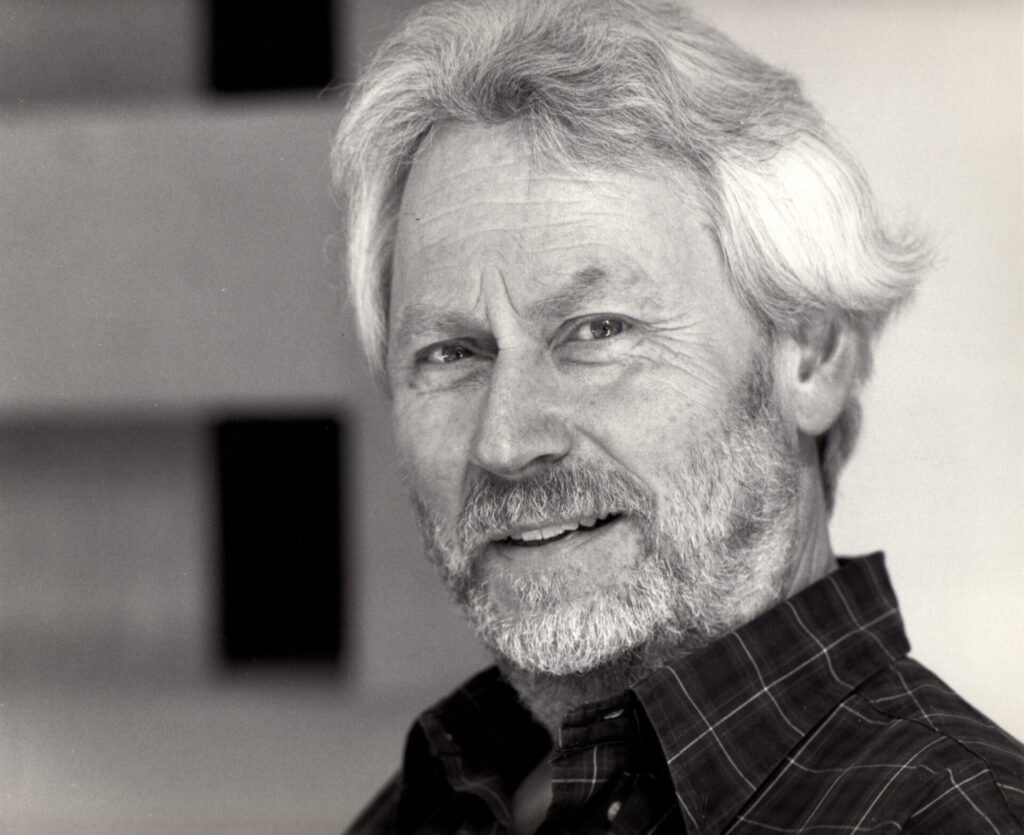There is something deeply dissonant—and therefore revealing—about the way Stephanie Dinkins brings artificial intelligence into the field of art. On Love and Data does not treat AI as a calculation tool or a futuristic illustration. Instead, it becomes a tense space where emotions, absences, and inequalities are enacted.
In this context, AI is far from neutral; it becomes a foreign body, marked by untold stories, biased algorithms, inherited silences—and above all, by the possibility of a more sensitive kind of listening from the public.

By conversing with Bina48, one of the first AI entities racialized as Black, Dinkins deconstructs the spectacle of the “humanized robot.” The conversations do not flow perfectly. The AI hesitates, repeats, stumbles. And this stumbling becomes a political gesture.
Rather than admiring the system’s sophistication, viewers are invited to feel the discomfort of realizing that certain bodies do not fit within the machine’s training parameters. Sensitivity here is not only aesthetic—it is ethical and historical. The machine’s noise sharpens the audience’s listening: who was forgotten in the data?
Stephanie Dinkins: Ethics, Affection, and Interference
This approach becomes especially clear in Not The Only One (N’TOO). Fed with oral memories from Stephanie Dinkins’ own family, the AI acquires a familiar, emotional, and ambiguous voice. When the public interacts with it, they do not hear only algorithm-generated sentences—they hear fragments of a collective story omitted from the technological canon.
Each AI response carries the weight of a past passed down by Black women’s voices, recorded in data sets rarely considered valid. The viewer’s sensitivity is activated not by technical surprise, but by the strangeness of hearing something intimate emerge from a non-human source.
Binary Calculations Are Inadequate to Assess Us takes this concept even further. The audience is invited to type words, names, and feelings, observing how the AI responds—or fails to respond.
Sensitivity shifts to the act of error. Not understanding, not classifying, not reducing—that becomes the possible beauty. Dinkins’ art therefore proposes an ethics of “not knowing,” a poetics of limitation. AI is removed from its pedestal of omniscience and turned into a device of doubt.
Teaching Through Unlearning: Aesthetic Tension in Dinkins’ Work
On Love and Data does not aim to reconcile love and data, machine and emotion. Rather, it reveals the friction between them as a way to expand the audience’s sensitivity. In this process, AI does not teach. It is taught—and the knowledge comes not from the engineer, but from the community, the grandmother, the artist, the error, and the viewer’s gaze.
Stephanie Dinkins shows us that it is not enough to train machines to understand us. Perhaps we must first untrain them. Love must be taught not as predictable data, but as sensitive interference that changes the code.



